You’ve determined your student needs to develop their vocabulary as part of their IEP ( if you’re still working on that part then check out my post, How to Pick Vocabulary Words for Speech Therapy ) but as you sit and start to write the goal a question pops up…’How do I track this?!’ Vocabulary is both concrete and abstract. We are able to check off if a student can tell us a words meaning, part of speech, synonyms, etc. but tracking functional use is a whole different story. So today I am going to share the best ways to track vocabulary data in speech therapy.
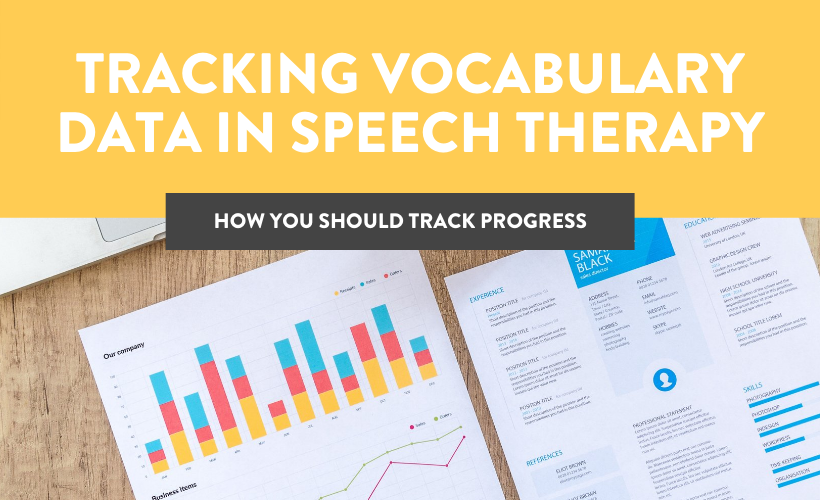
First, you need to have your words selected…yes, you must choose a set of core words you are going to target and track! All too often when we write a vocabulary goal, we just start grasping at words we see in student’s text or hear in storybooks, but that isn’t going to help that student meet their goal.
I typically choose a list of about 10-15 words to focus on for the year. Now, I’m sure that the last sentence made some of you gasp. ‘How can they possibly make growth?!’ ‘Isn’t having such a small list limiting?’ By having a list you have now created an objective target to track ( aka a requirement for Medicaid billing ). You can also branch off from that list targeting synonyms, antonyms, parts of speech, etc, so as you can see, students walk away with a lot more than 10-15 words. Now here is where tracking can go one of two ways, either tally or rubric.
Best ways to track vocabulary Data in Speech Therapy:
1) TALLY
If you are going to be writing a goal for stating or matching definitions, identifying synonyms and antonyms, etc then you are going to use a tally style of data collection since these responses will either be correct or incorrect.
This is a good place to start with younger students or students who are just starting to work in the area of vocabulary since you are teaching skills and words to build a foundational base, rather than true application, at least not yet. A tally method is the easiest way to get a baseline and collect data but it doesn’t extend itself to all types of vocabulary intervention.
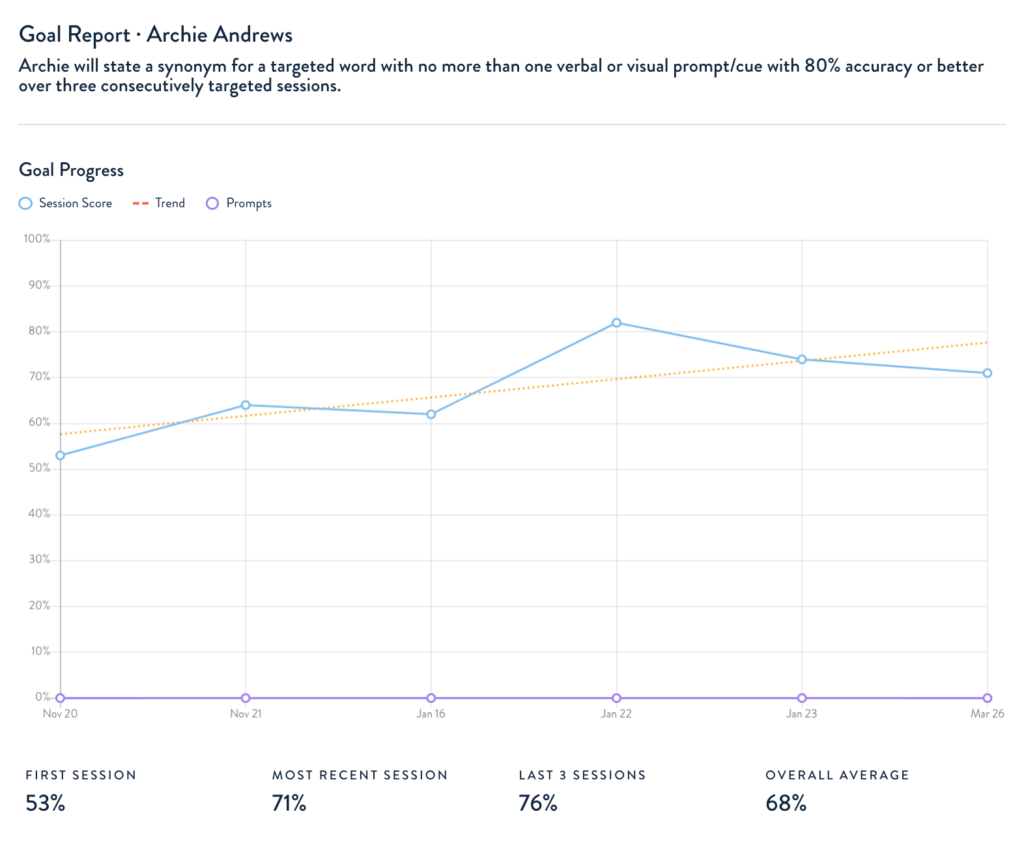
2) RUBRIC
When it comes to students who are past matching meanings and stating word types, and are ready to work on application and strategies like context clues, then you are going to want to say bye bye to tallies and hello to rubrics. If you are not familiar with rubrics, they are an incredible tool.
There are many different styles to choose from but the structure is the same. A skill is broken down to its elements and then a rating scale is applied to show how the skills is progressing using the description of the element’s sufficient or insufficient use. Personally, rubrics are my favorite for these higher level, more layered skills.
They allow you to truly see what the student is doing rather than just ‘60%’. Parents and teachers are also a big fan of these as well since they are so descriptive. You can still get a baseline of the skill ( which you need when you write your goal btw ) using the rubric as well. Simply rate the skill where it is being demonstrated prior to therapy using the rubric you will be utilized to collect data.
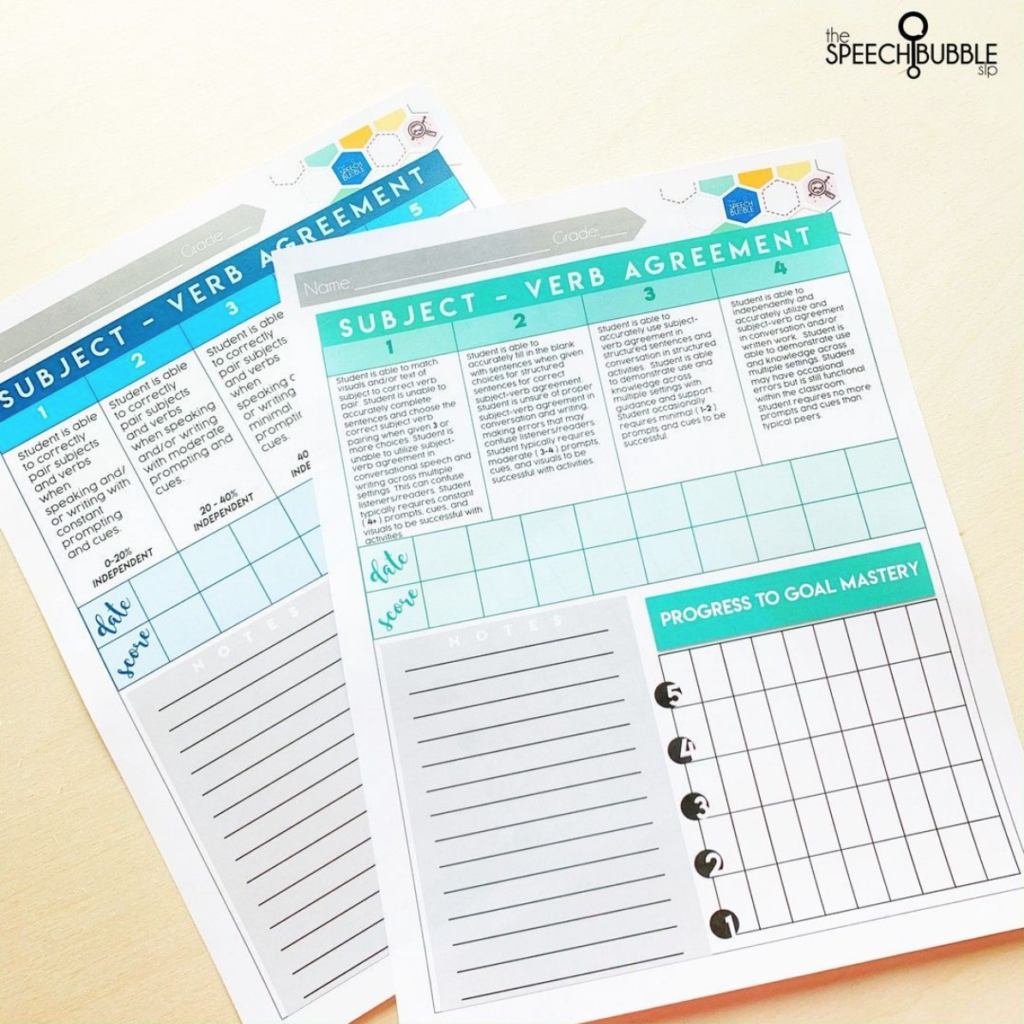
Conclusion
Best Ways to Track vocabulary data in speech therapy growth doesn’t have to be frustrating or scary. Once you know the skill you are going to work on you can determine the best way to track it. If you are good to go with tracking and not sure how to go about teaching vocabulary so it sticks, then check out my post, Teaching Vocabulary in Speech Therapy. Got questions? Just send me an email or find me on social media and let me know!




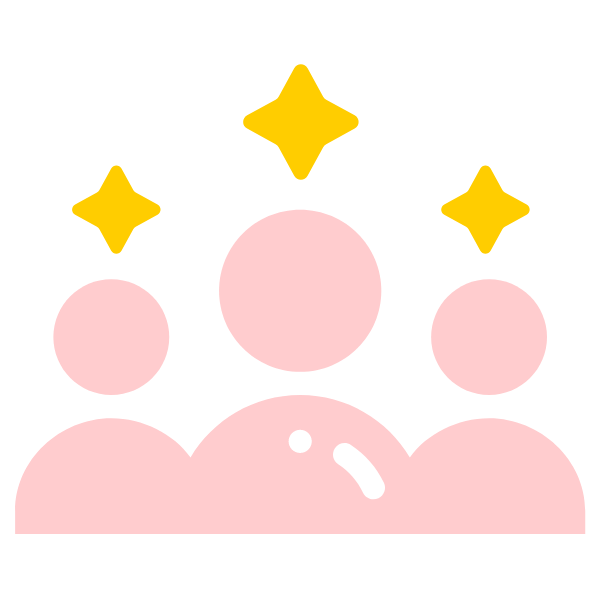
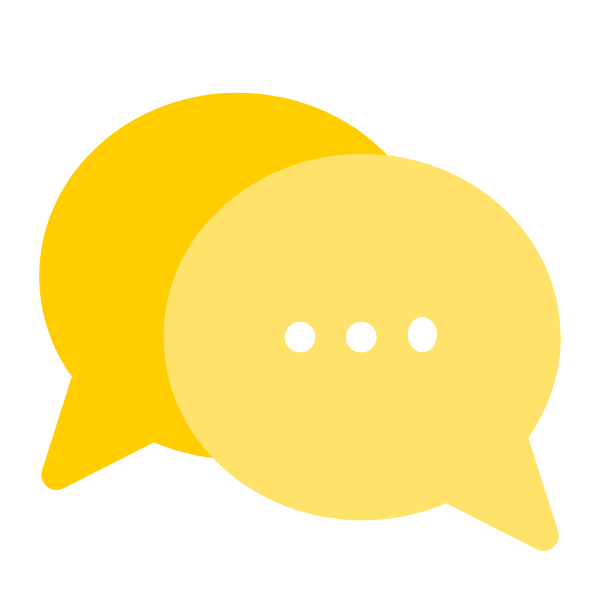


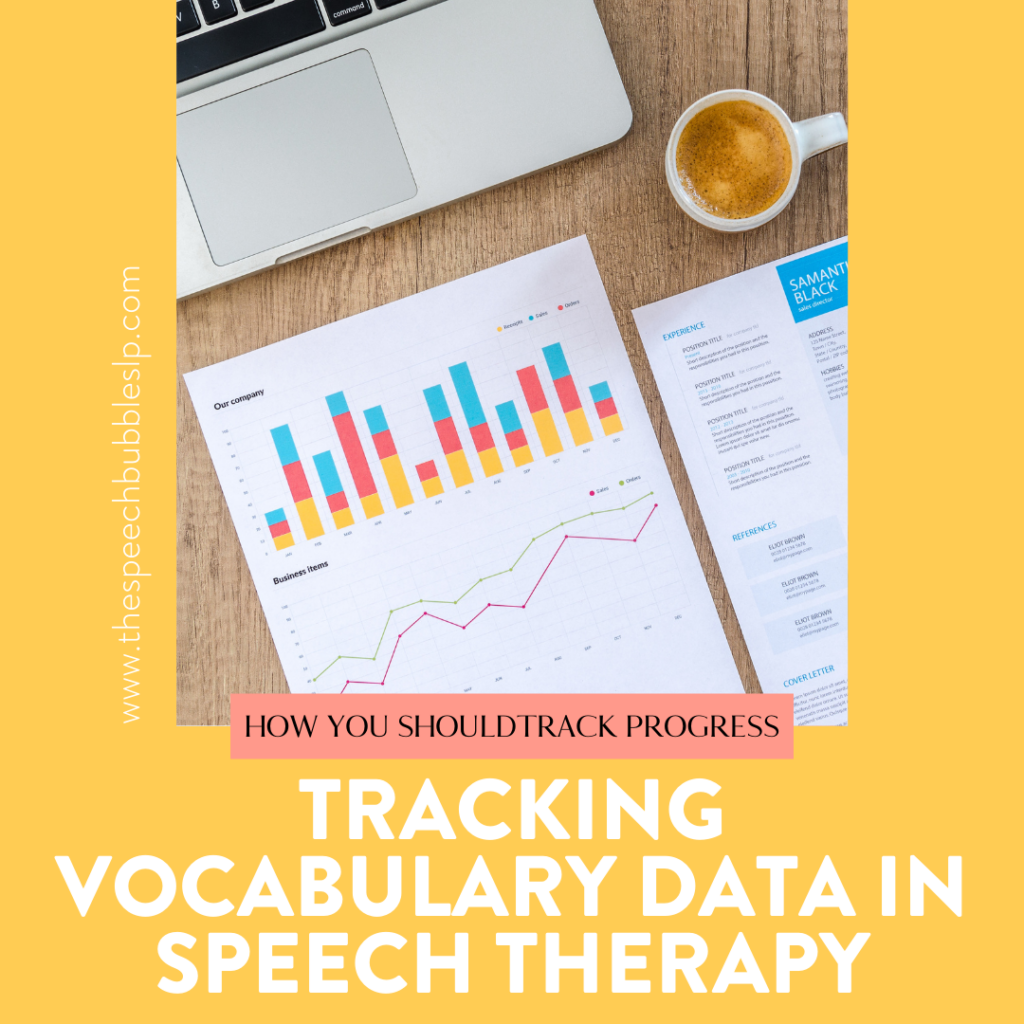
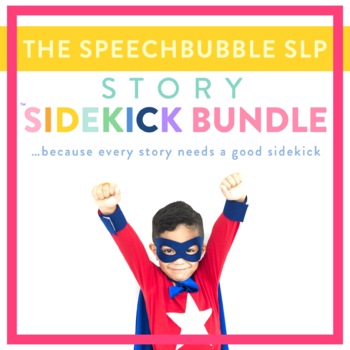
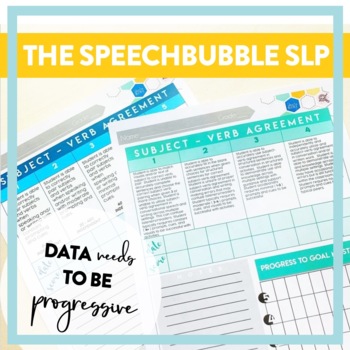
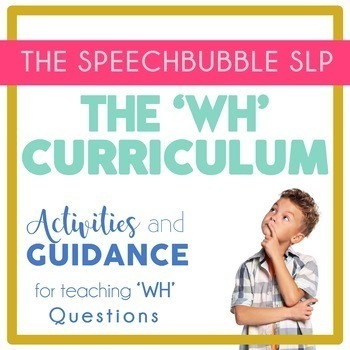


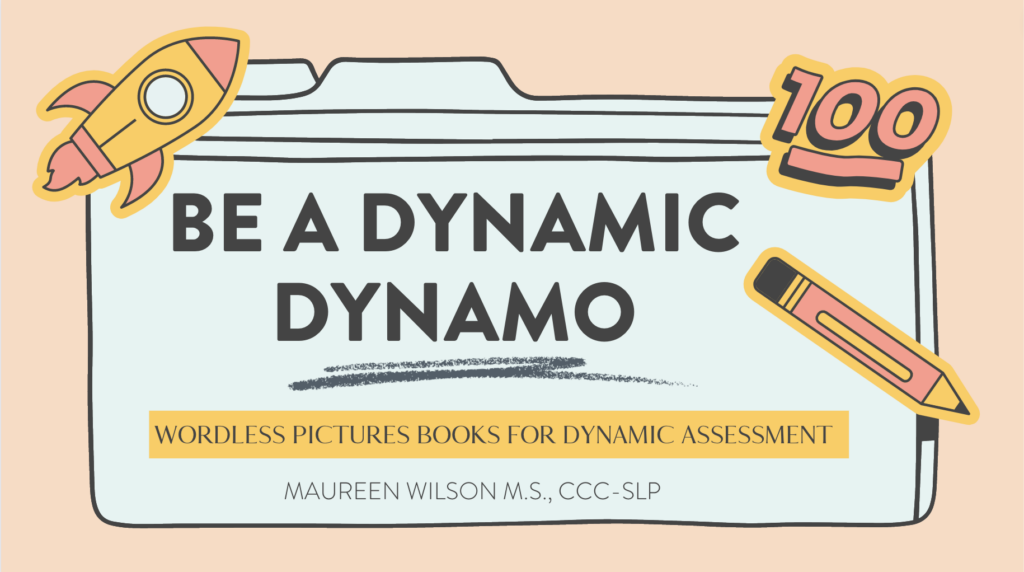
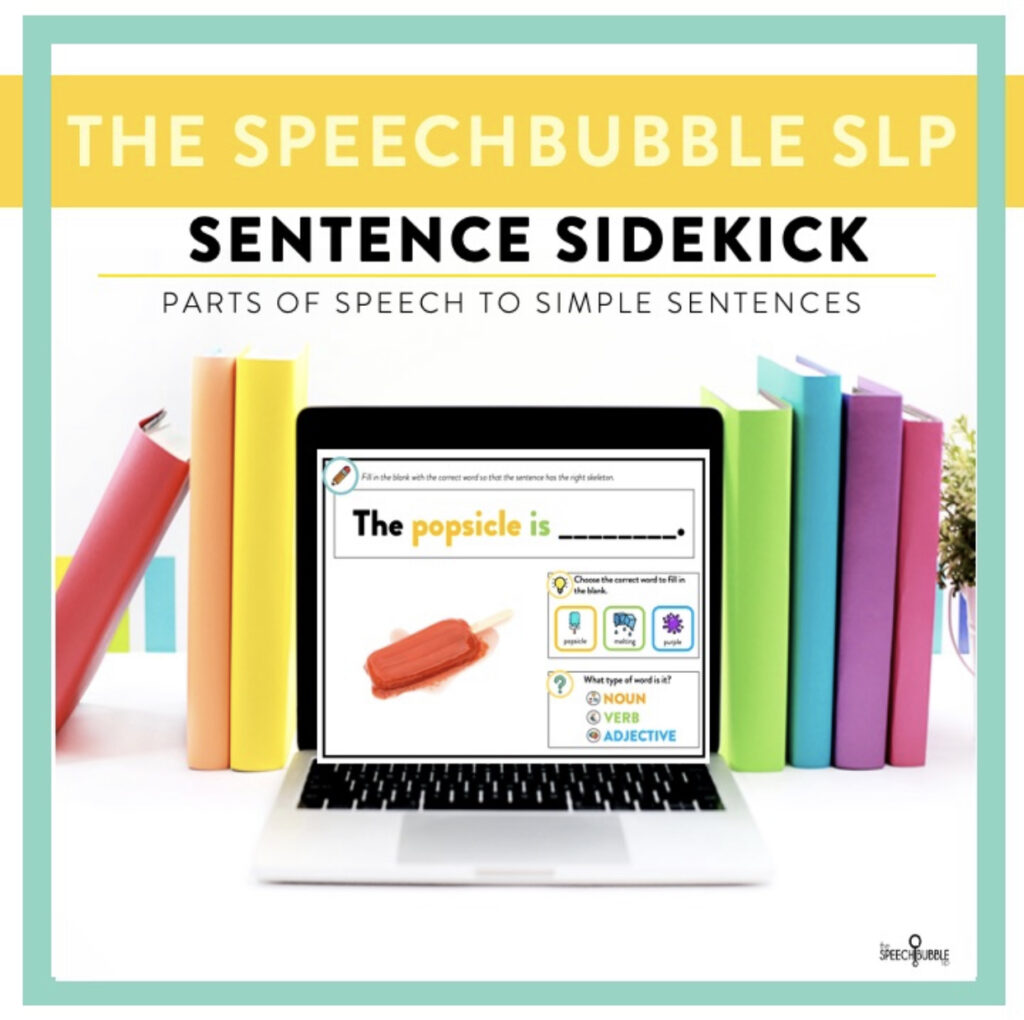
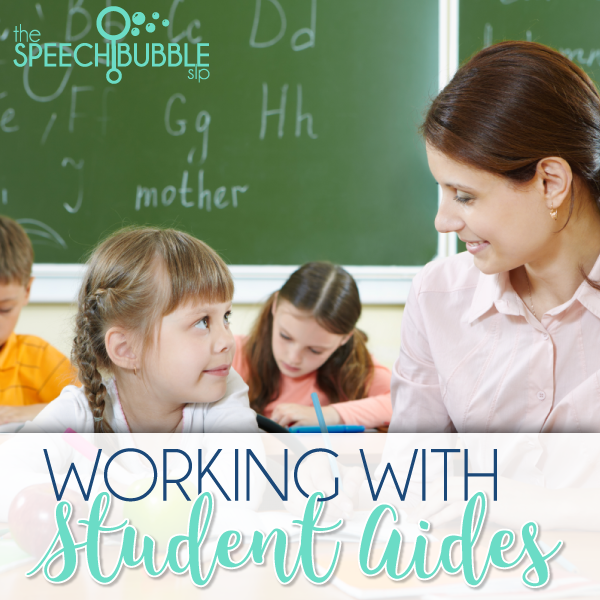



2 Responses
How do you decide which 10-15 words to target for your vocabulary goal? I feel like that would be the first question asked in the IEP. Thanks.
How do you decide which 10-15 words to target for your vocabulary goal? I feel like that would be the first question asked in the IEP. Thanks.